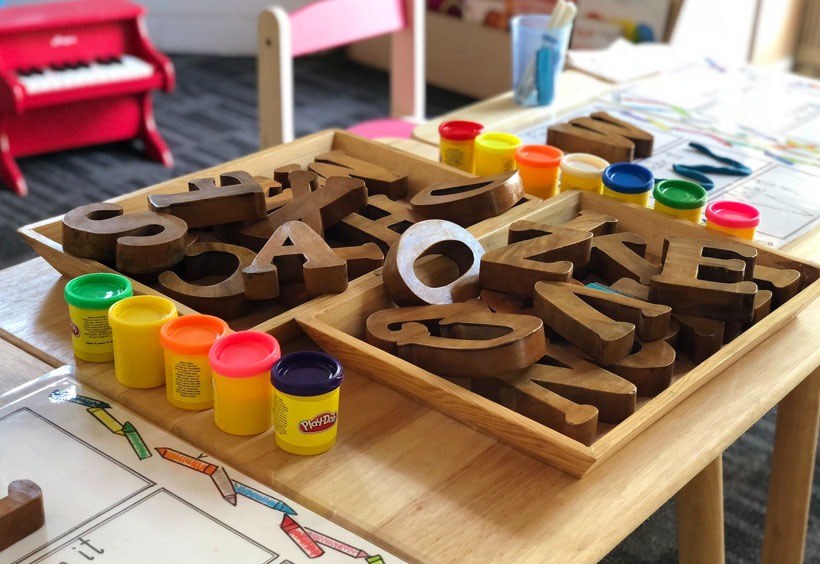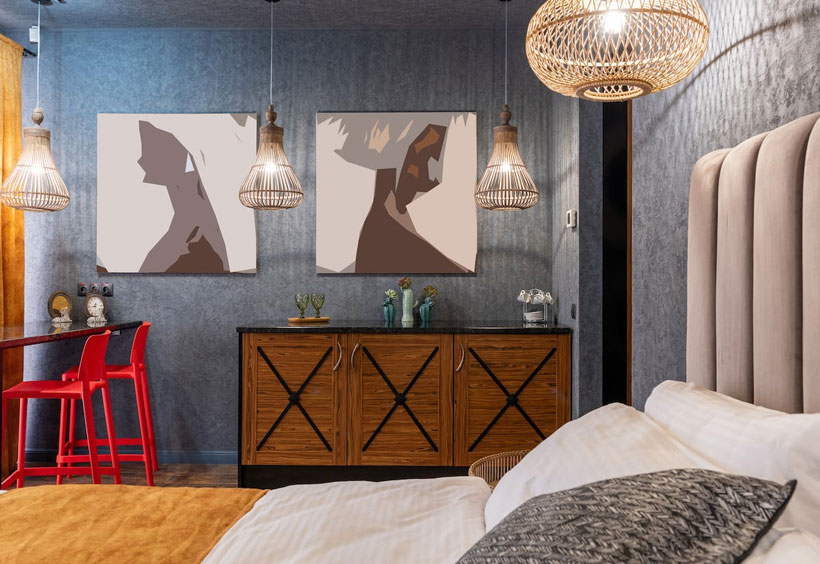How to Start a Graphic Design Business
Sparkpush Editorial Team
Updated January 21, 2024
Edited by: Felicia Davis

Thinking of turning your passion for colors, fonts, and layouts into a profitable business? Then, learning how to start a graphic design business might just be your canvas to success. It’s not just about creating visually appealing designs; it’s about crafting a brand that resonates with clients and stands out in the bustling design market. Let’s sketch out the path to launching a graphic design business that reflects your unique artistic flair.
Understanding the Graphic Design Industry
The graphic design industry is like a kaleidoscope of creativity – ever-changing, vibrant, and full of possibilities. As a graphic designer, you’ll have the opportunity to work across various mediums and industries, transforming ideas into visual realities. Whether it’s branding, web design, or print media, your potential canvas is endless.
1. Pros and Cons
Pros:
- Creative Freedom: You have the liberty to express yourself artistically and choose projects that excite you.
- Flexible Work Environment: Many graphic designers have the option to work remotely, offering a great work-life balance.
- Diverse Clientele: From small businesses to large corporations, you’ll work with a variety of clients, keeping your work dynamic and interesting.
Cons:
- Intense Competition: The field is crowded, so standing out can be challenging.
- Inconsistent Income: Especially in the early days, the flow of work can be unpredictable, leading to fluctuating income.
- Client Expectations: Managing client expectations and revisions can be demanding and sometimes stressful.
2: Hone Your Design Skills
Before you unleash your creativity on the world, ensure your design skills are top-notch. If you’re not a design wizard yet, consider formal education or online courses in graphic design. Mastering software like Adobe Creative Suite is essential. Remember, in the world of design, learning never stops – stay updated with the latest trends and techniques.
3: Develop a Business Plan
A business plan is your roadmap in the design journey. Outline your business goals, target market, and services. Will you specialize in a certain area, like logo design or digital illustrations? Define your pricing strategy and how you plan to market your services. This plan is also crucial if you’re seeking financial backing or partnerships.
4: Create a Stunning Portfolio
Your portfolio is your visual resume. Curate a collection of your best work that showcases your style and range. Include various projects that demonstrate your versatility. In the digital age, an online portfolio is a must – make it intuitive, engaging, and reflective of your unique design aesthetic.
5: Legal and Financial Foundations
Set up the legal structure of your business, whether it’s a sole proprietorship, partnership, or LLC. Register your business name and consider trademarking your brand. Sort out your taxes and set up a business bank account. Getting your finances and legalities in order early on will save you a headache later.
6: Brand Your Business
In graphic design, your brand is everything. It should reflect your personal style and appeal to your target audience. Design a memorable logo, business cards, and a professional website. Your branding should speak to the quality and creativity of the work you offer.
7: Market Your Services
Now, let’s get the word out. Utilize social media platforms like Instagram and LinkedIn to showcase your work and connect with potential clients. Networking is key – join design forums, attend industry events, and collaborate with other creatives. Consider offering introductory discounts or running promotions to attract your first clients.
8. How Much Money Can You Make Section
The financial success of a graphic design business varies widely based on factors like experience, location, client base, and specialization. As a beginner, you might start with smaller projects, earning modest fees. However, as you build your portfolio and reputation, potential earnings can increase significantly. Experienced graphic designers or those who own their firms can make upwards of $80,000 to $100,000 annually. The key to financial success lies in consistently delivering high-quality work, expanding your clientele, and possibly branching into lucrative niches like UX/UI design or branding. Remember, in the world of graphic design, your talent and business acumen are directly proportional to your earning potential.
9: Deliver Exceptional Client Experiences
Exceptional client service can set you apart in the graphic design industry. Be responsive, meet deadlines, and communicate effectively. Going the extra mile for your clients can lead to repeat business and valuable referrals. After all, happy clients are the best advertisers.
10: Stay Organized and Efficient
As projects start rolling in, staying organized is vital. Use project management tools to keep track of deadlines, client feedback, and invoicing. Efficient workflow management ensures that you can focus more on creativity and less on administrative tasks.
11: Continuous Learning and Growth
The design world is dynamic, with new styles and technologies emerging constantly. Keep learning – whether through online tutorials, webinars, or collaborating with other designers. Expanding your skillset and staying adaptable will keep your business fresh and relevant.
The Bottom Line
As we wrap up our guide on how to start a graphic design business, remember it’s not just about bringing colors and shapes to life. It’s a fusion of your artistic vision with savvy business strategies and stellar client relationships. By crafting a compelling portfolio, effectively marketing your brand, and constantly sharpening your skills, you’re setting the stage for a graphic design business that not only fulfills your creative passions but also breathes life into your clients’ ideas. So go ahead, power up your design arsenal, and jump into this exciting path where creativity meets entrepreneurship.









